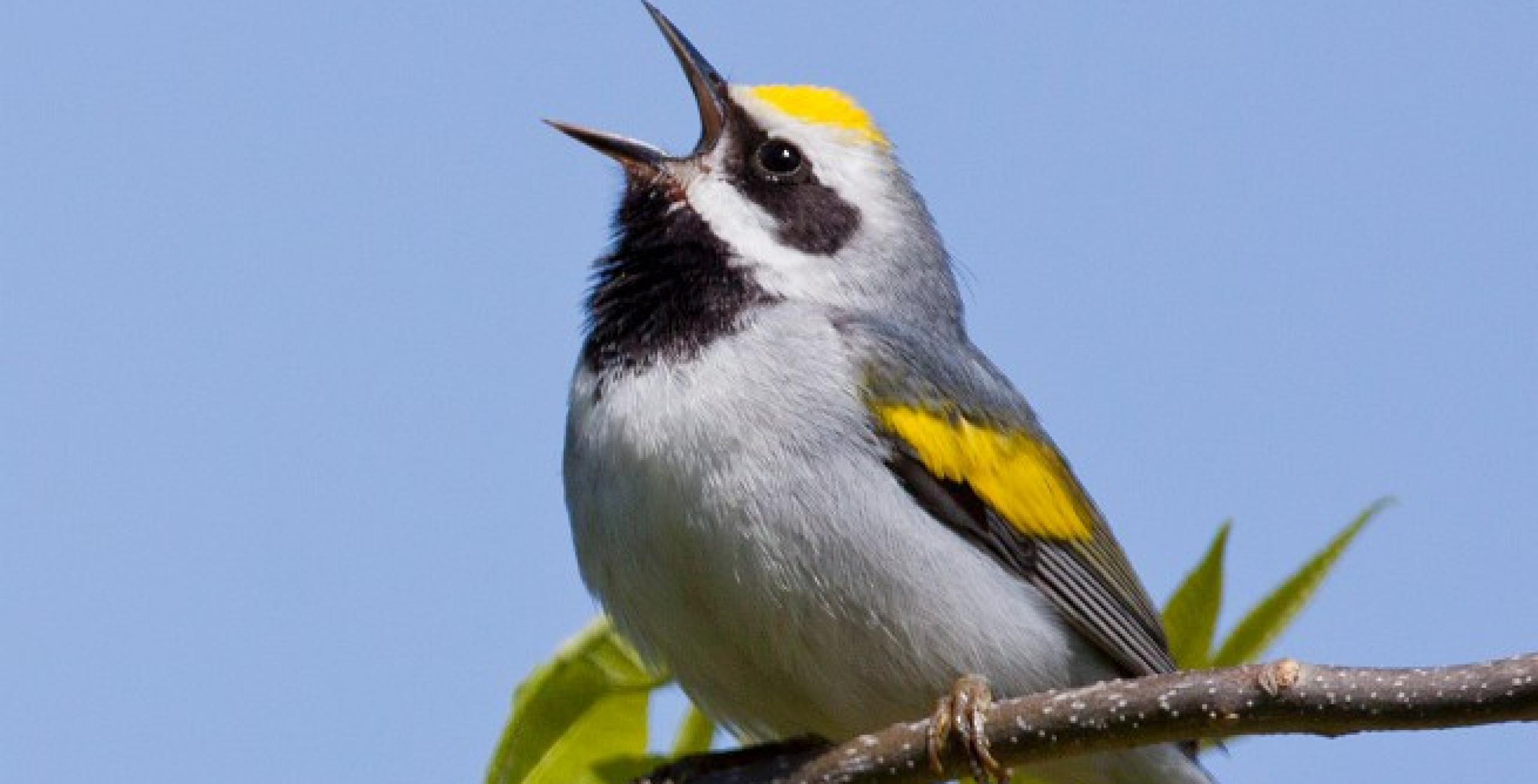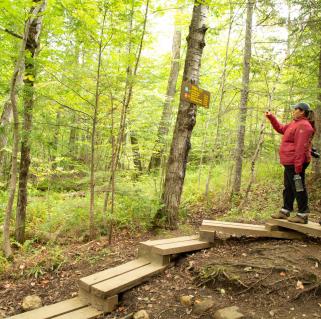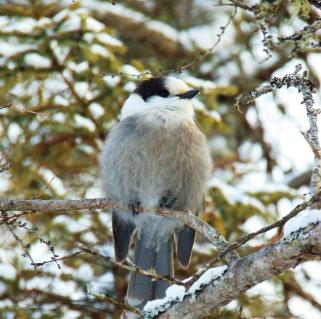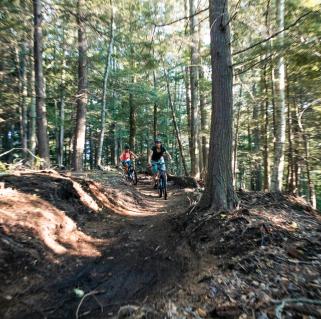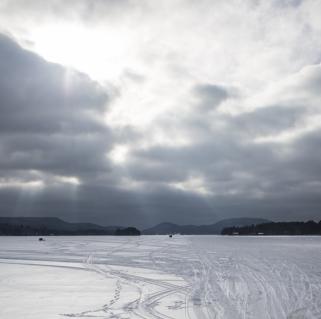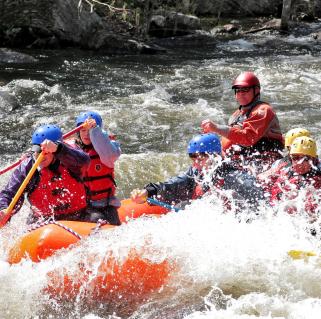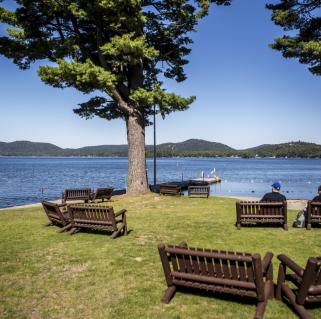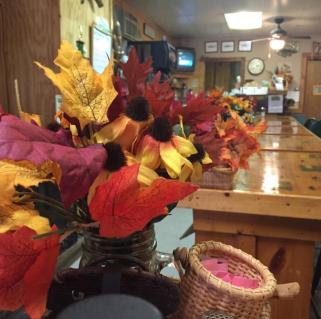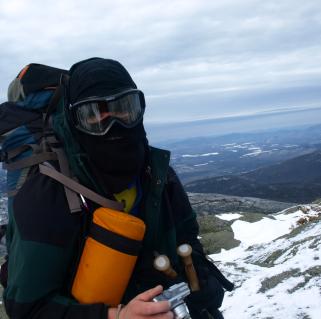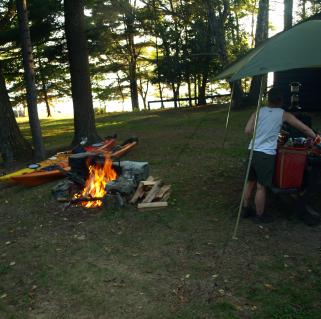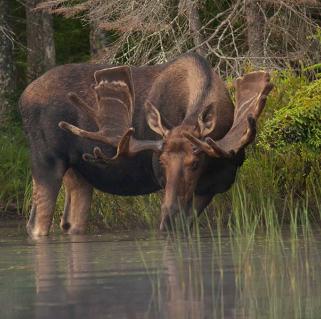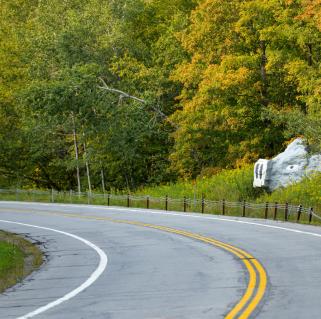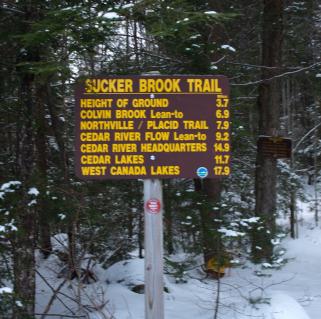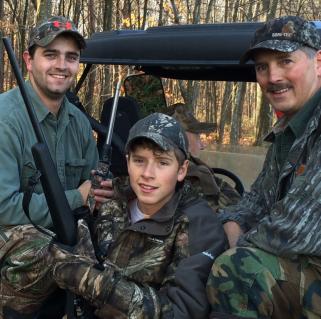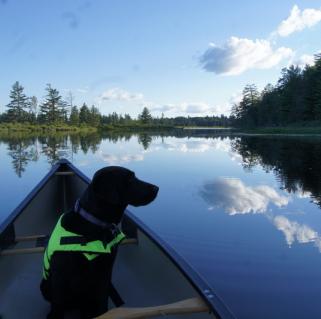Being "bitten by the birding bug" can be a positive, life-changing experience. Birding can become such an all-consuming activity that it is often hard to recall what life was like in the pre-birding days!
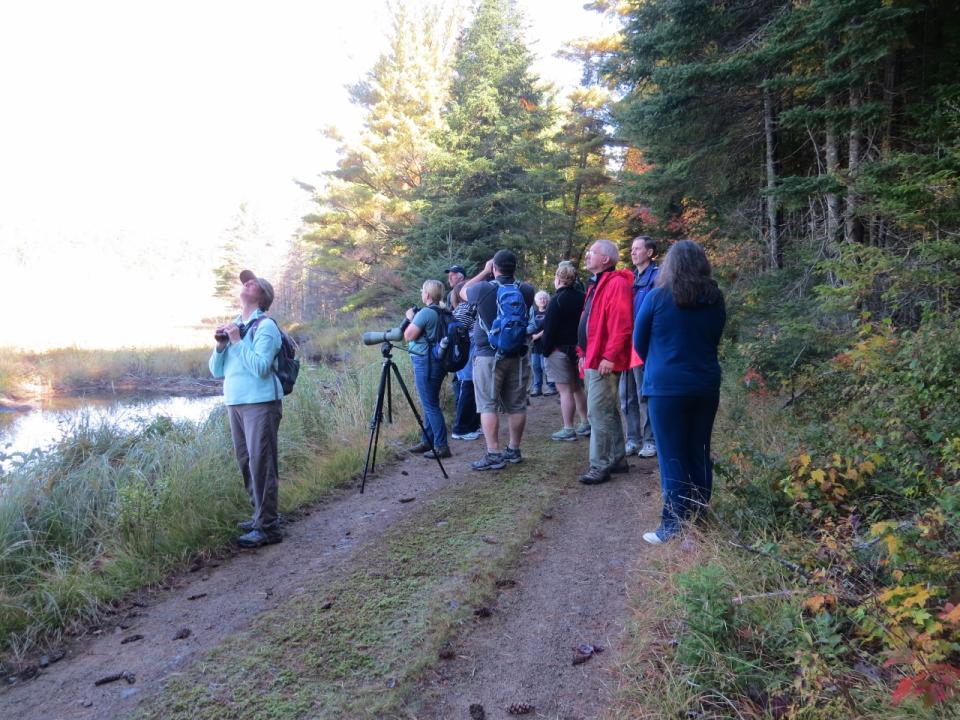
Five great reasons to go birding
#1: The beautiful birds you will see and hear!
Birds are remarkable creatures in a class by themselves! (Literally – they are categorized in the class "Aves." A body covering of feathers is one of their distinguishing characteristics.) Birds have been fascinating humans since ancient times. Everything about birds captures the attention of humans: their flight, colors, and beautiful sounds. They have greatly influenced human poetry and literature, dance, technology (flight), and music.
Birds possess abilities that are difficult for humans to imagine. Owls can hear the tiny sounds of a small mammal, even under deep snow, and dive down in the darkness and capture it. Raptors have marvelous vision and can spot all the mice in a field while flying high overhead. Many species migrate, and some make journeys across the world twice a year and return to the exact same location where they nested the year before. The Blackpoll Warbler, a half-ounce bird, flies non-stop for 4 days straight from northeastern North America to South America in the fall!
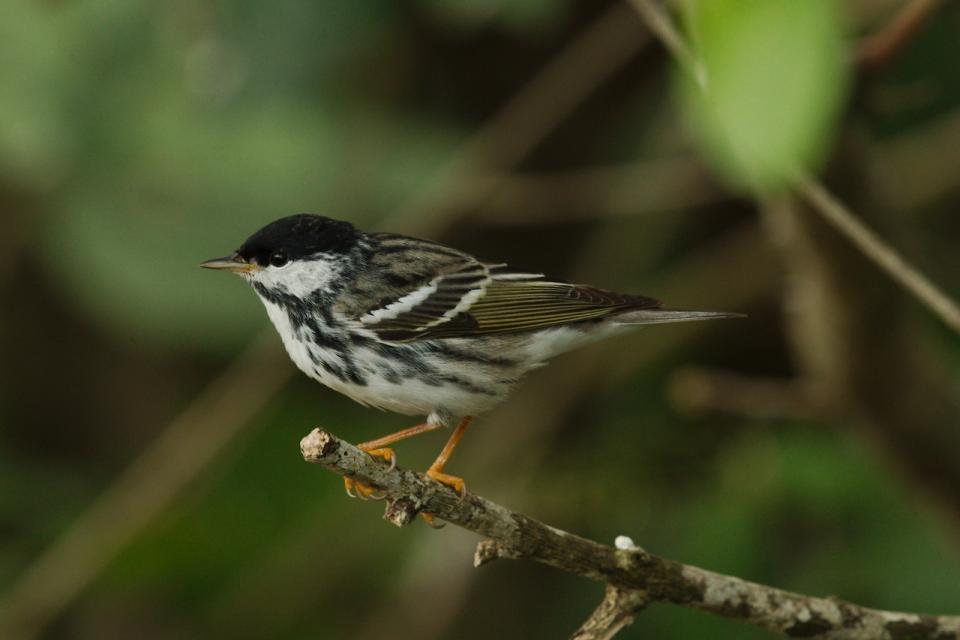
Here in the Central Adirondacks, birders marvel at the colorful warblers that return each spring to nest – in total, 28 species nest in Northern New York, making it one of the best location in North America to view nesting warblers.
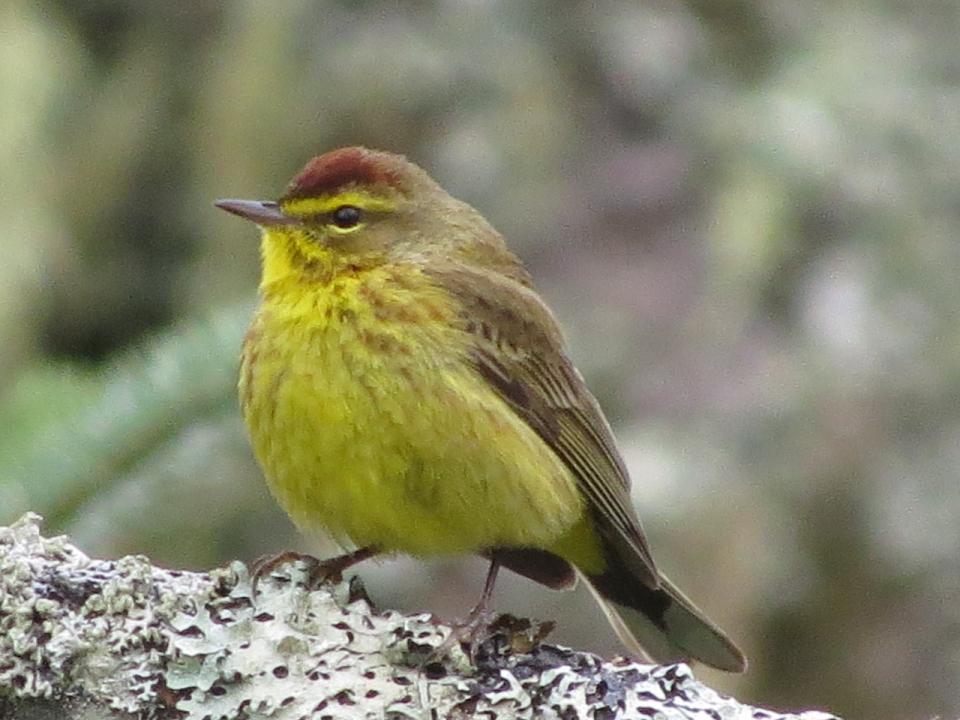
Early in the morning and at sunset, the captivating voice of the Hermit Thrush can be heard in the Adirondack woodlands. The song of this species is considered by many birders to be the most beautiful in North America. (Don't believe me, ask Teddy Roosevelt!)
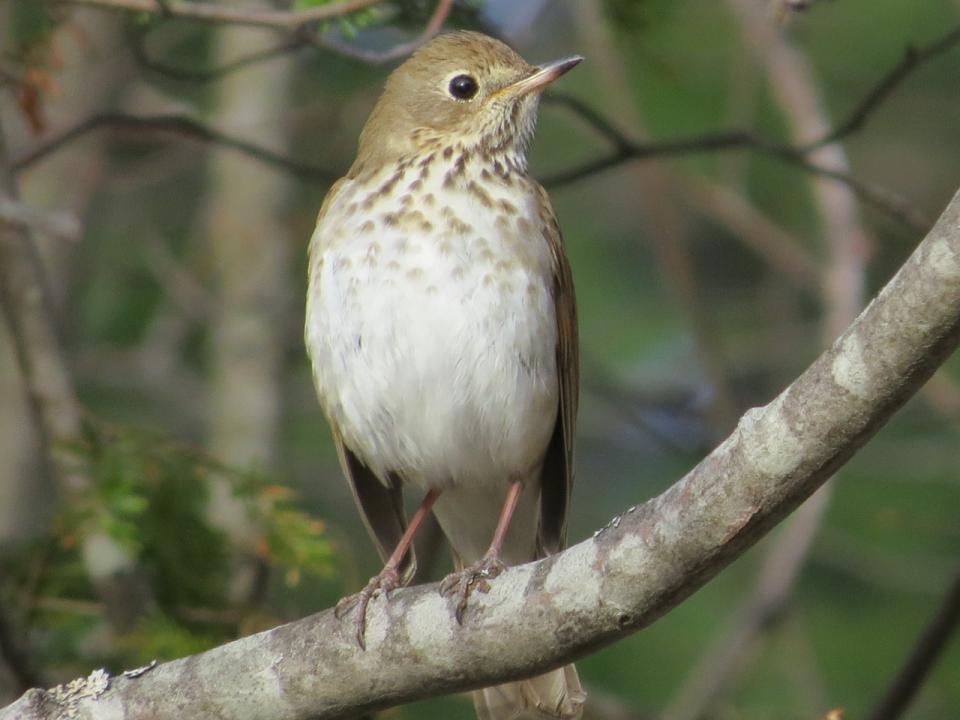
At night, Barred Owls can be heard vocalizing. They have a wide repertoire of sounds which they make in a greatly animated way!

Boreal bird species of the Adirondacks bring many people into our area. Year-round birds such as the Black-backed Woodpecker, Canada Jay, and Boreal Chickadee are sought after species. Bicknell's Thrush, a migratory bird that nests in high-elevation boreal habitat in the Adirondacks, is one of the most sought after species for visiting birders during the spring and summer nesting season.
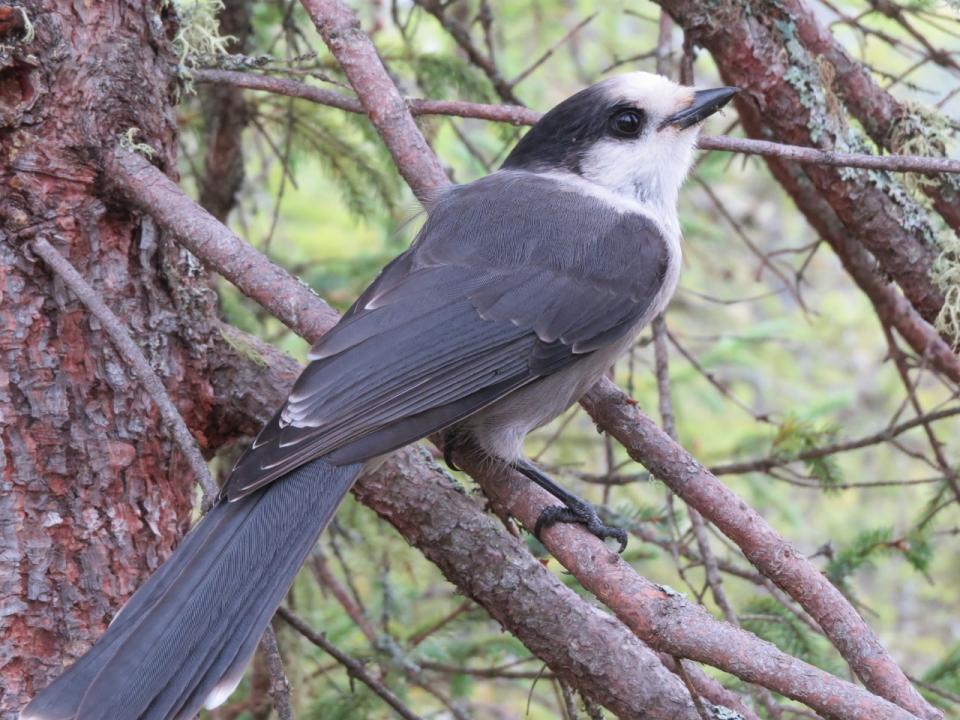
#2: "Oh, the places you'll go!"
Once a person begins birding, they travel to places they never imagined! If you asked me twenty years ago if I would be hanging out in bogs, swamps, and waste water treatment facilities in my future, I would have had a disbelieving look on my face. Birds live all over the world, and particularly in wet places. As a person's interest in birding grows, so too does travel.
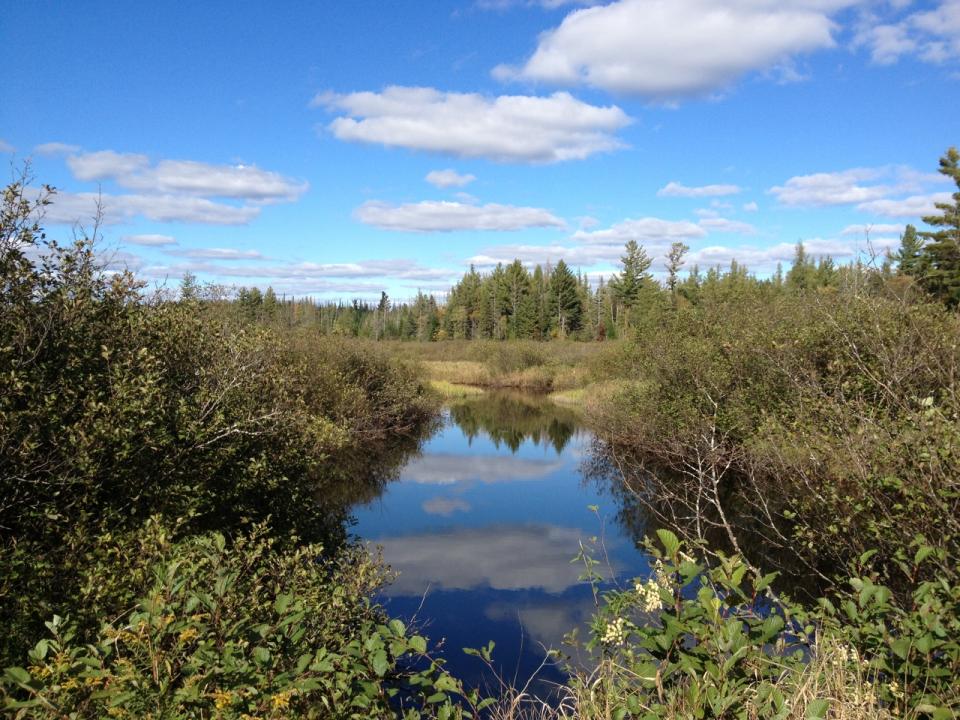
Birding in northern New York is particularly exciting since there are many varied habitats: bogs, swamps, marshes, coniferous, deciduous, and mixed forests, lakes/ponds/rivers/brooks, shrublands, and grasslands. This diversity of habitats attracts a wide range of bird species to our area.
I could fill a book with the beautiful memories I have from the places birding has taken me. I have had countless mornings awakening to the gorgeous sounds of Bicknell's Thrushes singing on the summits of mountains. Fog often fills the lowlands and you gaze out at just the mountain summits rising above the clouds – as if all the summits are islands in a sea of fog.

#3: The people you'll meet
Birders are a wonderful group of people! The "birding world" is a close-knit community. Birders tend to be compassionate and observant people. They care deeply for wildlife and conserving habitats. Many of my good friends are fellow birders. Birding is a passion that brings like-minded people together.
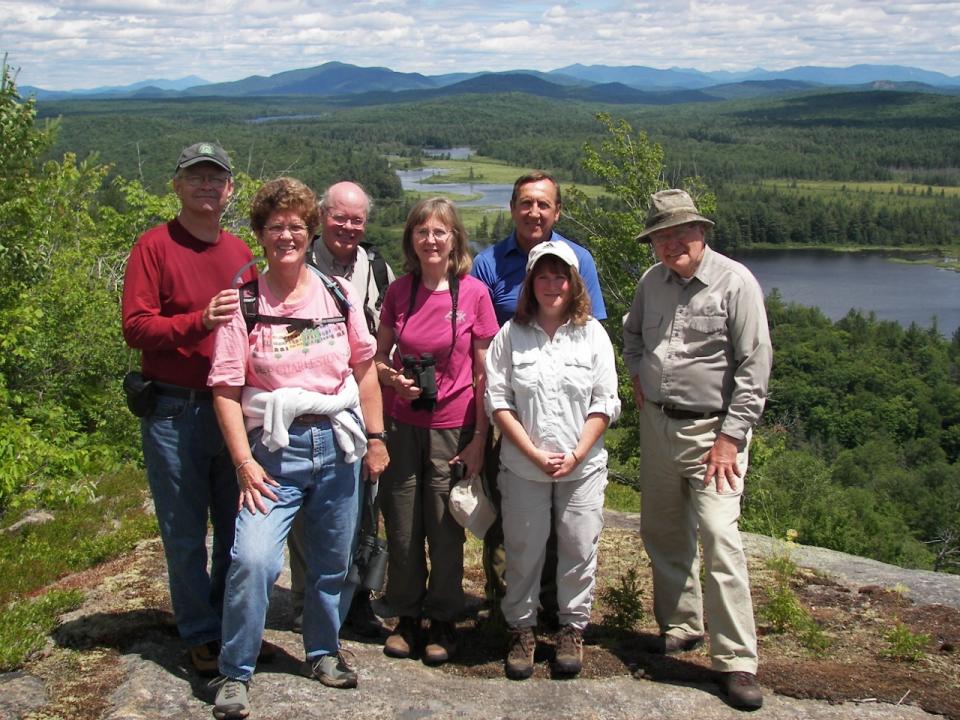
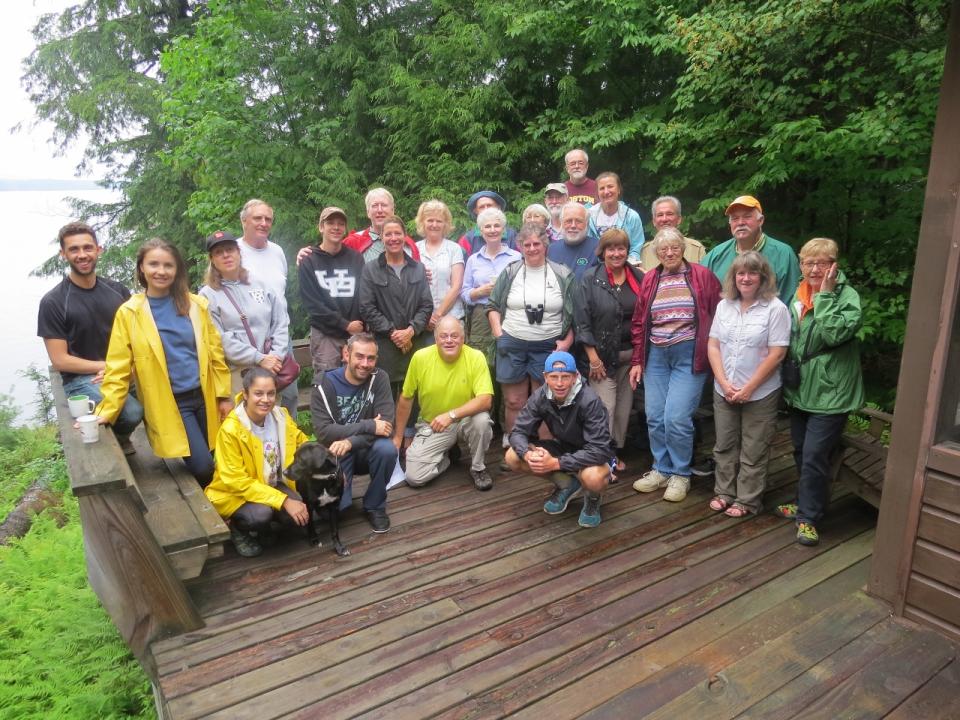
#4: You'll gain knowledge of the natural world
Most birds are quite habitat-specific. So, the more you learn about birds, the more you gain knowledge of the birds' habitat requirements. Suddenly, you can name all the tree species, shrubs, and wildflowers! Spending lots of time in the various habitats then leads to mammal, reptile, amphibian, and insect observations – so you learn them too! Before you know it, you become a "naturalist" with lots of knowledge of the flora and fauna in your area.
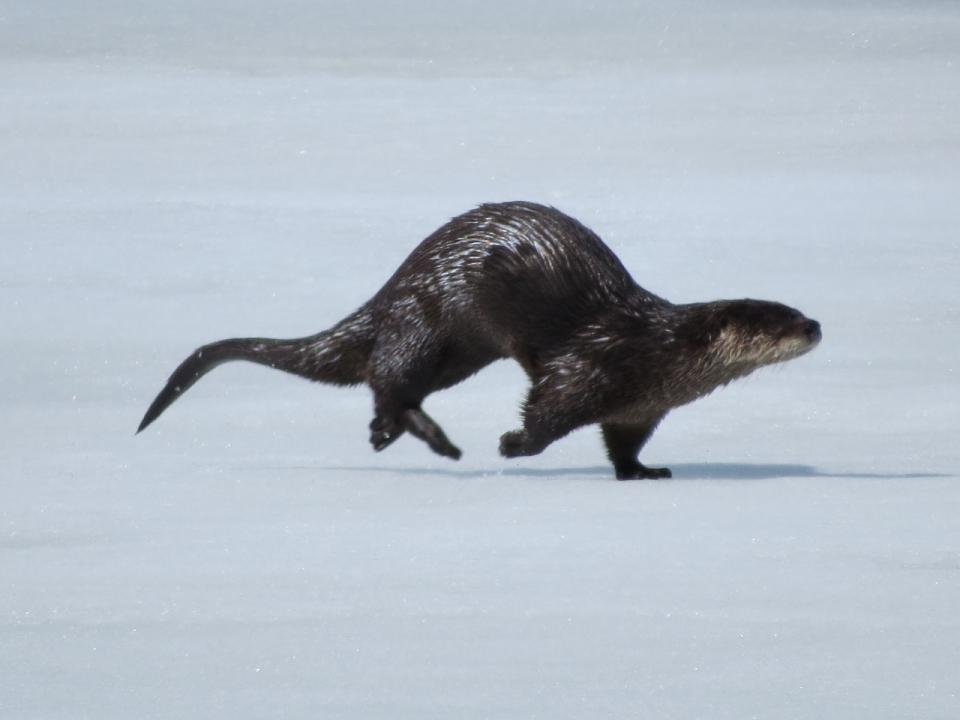
Each year, I send a report on the Adirondack tree seed crops to an ornithologist in Canada who publishes the "Winter Finch Forecast" for North America every September. He pieces together the crop reports from the northern U.S. and Canada to make predictions on where certain bird species will spend the winter. I only began to pay attention to tree seed crops since I became a serious birder. (By the way, abundant seed crops = great birding winter in the Adirondacks!)

#5: Birding keeps you outside!
Birding is an activity that keeps you outdoors. As anyone with a dog knows, no matter what, you go outside with your dog every day. Similarly, birding encourages plenty of outdoor time, which is always a good thing! Often, the outdoor time involves walking or hiking, so exercise is another benefit of birding.
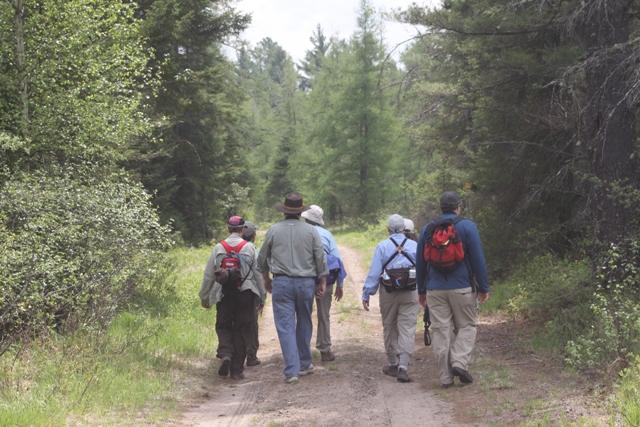
How to get started
It can feel overwhelming to be a beginner birder. There are many birds, and often, they have multiple songs that can be confusing. It helps to start slowly and learn the birds around your home first. Then, you can branch out to different habitats in your region.
Join your local Audubon Chapter or birding group. Go on field trips where you'll learn more from an expert leader and where you'll meet other birders. Find a mentor that can answer your questions and teach you more about birds.

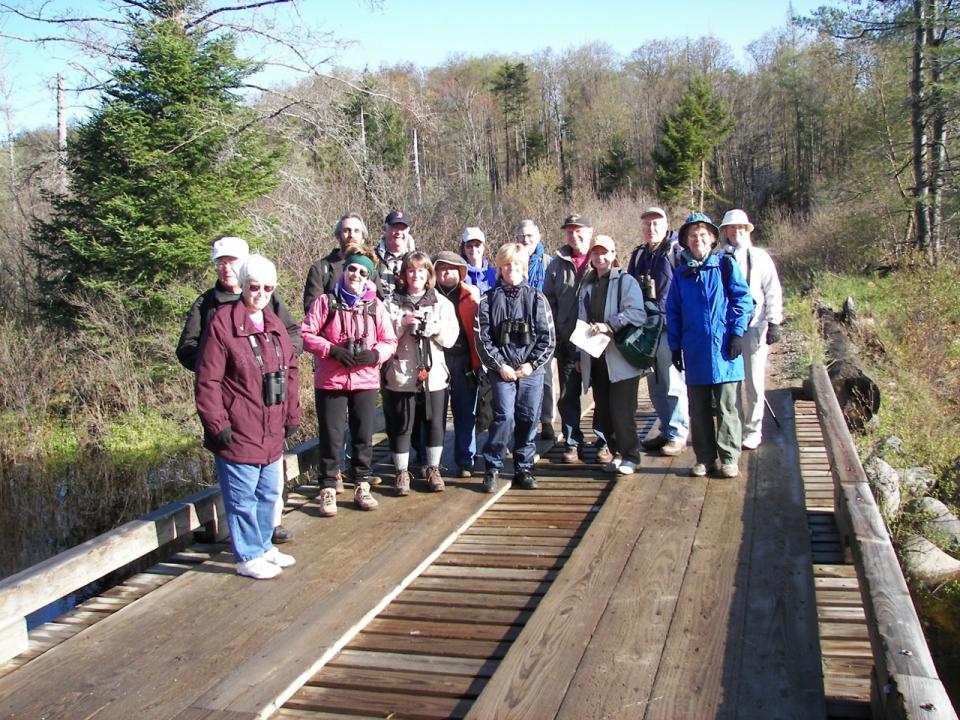
For learning birds by sight, buy a field guide for birds. I suggest "The Sibley Guide to Birds of Eastern North America" by David Allen Sibley. There are numerous birding apps for smart phones that have photos and recordings for all the species, such as iBird, Sibley eGuide, and Audubon Birds Pro, just to name a few. I also have the Stokes Field Guide to Bird Songs (Eastern Region), by Donald and Lillian Stokes, downloaded on my iPhone.
You can also further your education with the Cornell Lab of Ornithology, which has wonderful online resources for birders. They have an online bird guide which includes sound recordings. They also provide reviews of birding equipment.
A good pair of binoculars is essential. There is a wide range of prices. Just remember that the investment will last a long time – I've had my binoculars for nearly 16 years now!
If you become serious about birding, you will likely invest in a spotting scope, particularly if you go birding near large bodies of water where the birds can be far away. Scopes can also be used for photography. There are devices to connect iPhones and cameras to scopes. Between the zoom on the scope and iPhone/camera, you can get close-up photos (or videos) of birds and other wildlife that are far away.
Enjoy the birds around you! If you plan to visit our area, there are terrific places to go birding, along with great places to stay and plenty of spots to find a delicious bite to eat!

